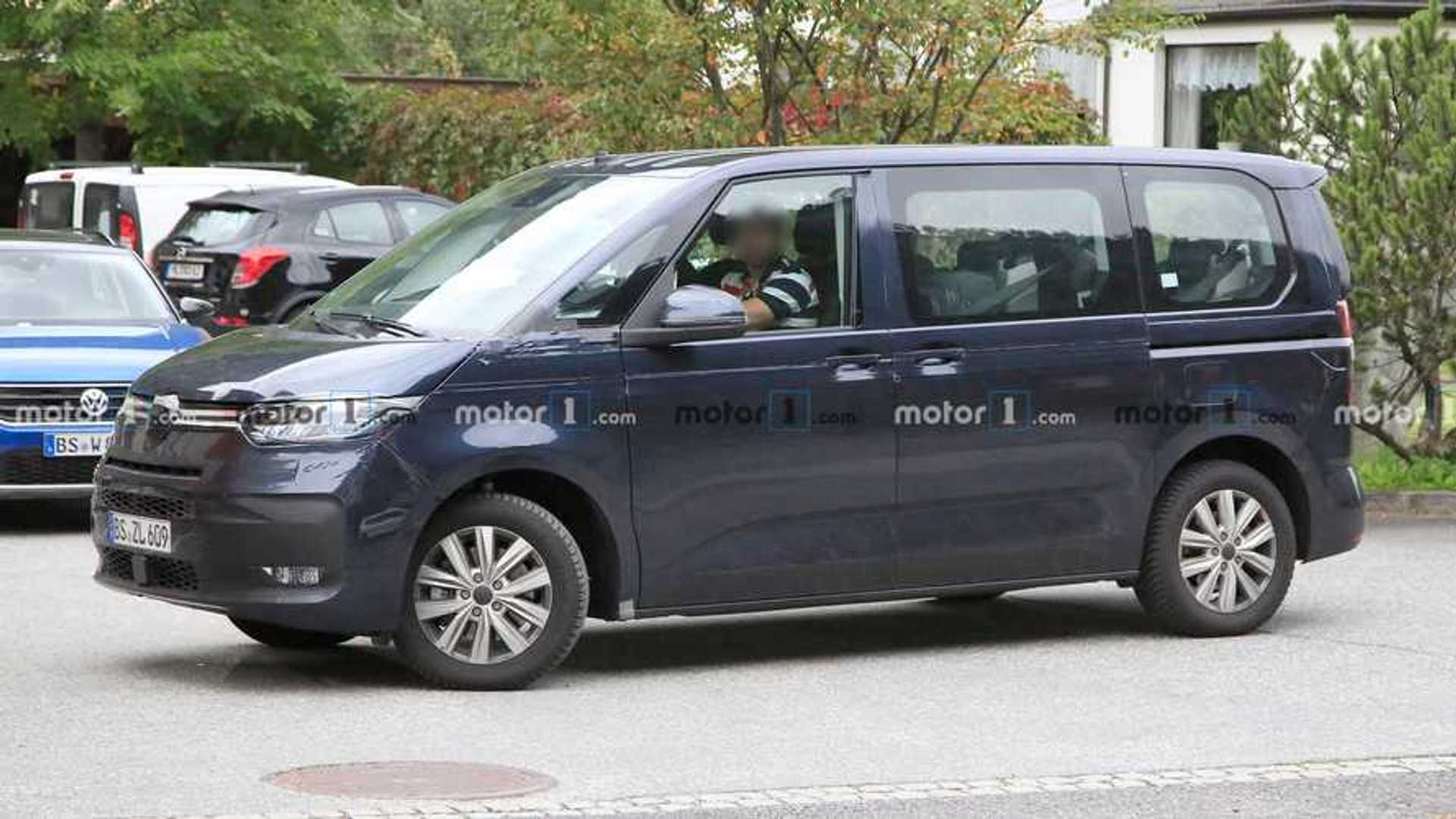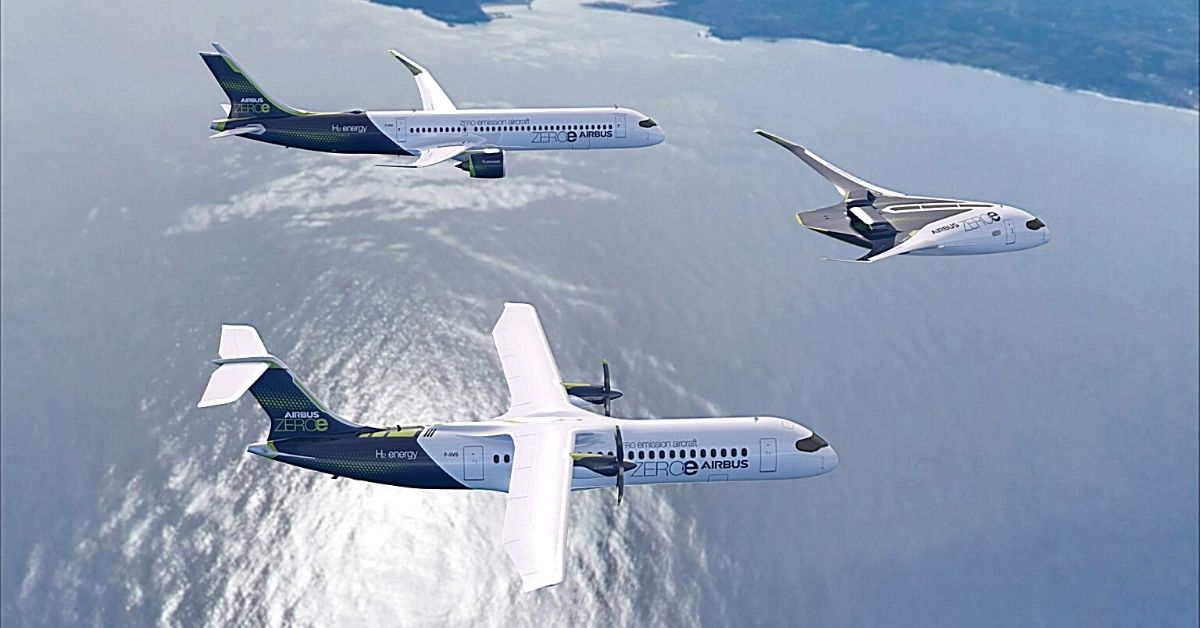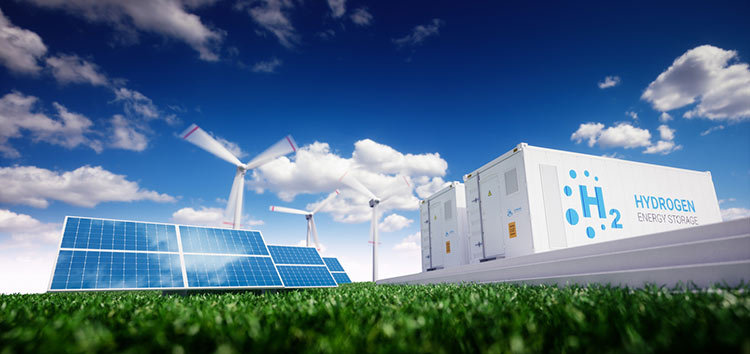L
Lightning

Should you buy carbon offsets?
Sales are on the rise—but not all carbon offsets are created equal.


Should you buy carbon offsets?
Sales are on the rise—but not all carbon offsets are created equal.www.nationalgeographic.com
 www.edftrading.com
www.edftrading.com
I don’t think anybody ever said it was.
Because at the moment hybrids are just vanity projects, twice the cost and complexity for little gain.
They need to swap the focus of having an engine that does most of the work with a little bit of round town on the battery to getting the battery to do the bulk of driving with a little ICE for emergencies, but again it starts getting expensive.
Range extender option in the BMW i3 is even better than hybrid. Wheels are only ever electric motor driven, so not considered a hybrid. However, the ‘Range Extender‘ Is such that when the battery is low, a little (700cc) petrol engine kicks in and turns alternator to charge batteries for another 70 miles range, which you can obviously keep topping up with petrol until you find/ have time to stop at a charge point. BMW have however ditched this option in the latest i3 generation as it has a bigger battery and 170 miles range, which is okay for city and town driving.If hybrid is a vanity project than electric is even more so.
Most countries have not sustainable sources of energy so at the end the electric car gets its energy from sources that are not renewable anyway. Plus it’s useless in cars like campervan because of its range and hassle caused by finding a place to charge and time needed to do so.
Hybrid car has at least possibility to use best of both worlds, limit consumption of diesel and at the same time reuse energy produced eg when breaking or going downhill.
Sent from my iPhone using Tapatalk
Range extender option in the BMW i3 is even better than hybrid. Wheels are only ever electric motor driven, so not considered a hybrid. However, the ‘Range Extender‘ Is such that when the battery is low, a little (700cc) petrol engine kicks in and turns alternator to charge batteries for another 70 miles range, which you can obviously keep topping up with petrol until you find/ have time to stop at a charge point. BMW have however ditched this option in the latest i3 generation as it has a bigger battery and 170 miles range, which is okay for city and town driving.
Surely the range extender concept could be adopted in other vehicles where range concerns/ anxieties exist.
I have to say I’m extremely sceptical about Carbon Offsets. Does the math really add up? I.e. How many trees need to be planted to offset a fully loaded Emirates Airbus 380 flying from London to Dubai? (Emirates has a huge fleet of them). Where are all these trees being planted and how long before a sapling reaches a size where it makes any difference. Call me cynical but Carbon Offsetting seems to me to be a device to ease the conscience of people like Emma Thompson who fly a lot but need to excuse themselves to their audience.
Should you buy carbon offsets?
Sales are on the rise—but not all carbon offsets are created equal.www.nationalgeographic.com
The range extender on the BMW is only limited because of the size of the Fuel Tank. Bigger fuel tank bigger range.But we are talking here about a campervan (that is created to drive a bit further than work commute) and not a city car
Sent from my iPhone using Tapatalk
I'm not having a radioactive isotope in my CaliYes I think the next hot topic for Extinction Rebellion will be the environmental damage caused by battery production. IMHO We’ll undoubtedly see developments in the coming years relegating today’s battery powered vehicles to the same fate as ICE powered vehicles. Take a look at the following, a battery that does not need recharging :-
The California-based startup NDB has unveiled a battery that uses nuclear waste and lasts up to 28,000 years.
The power of the nano-diamond battery comes from radioactive isotopes used in nuclear reactors.
Its radioactive core is protected by multiple layers of synthetic diamonds, one of the hardest materials to damage or break.
The energy is absorbed in the diamond through inelastic scattering, which is used to generate electricity.
The battery can be used to power devices and machines of any size, from aircraft and rockets to electric vehicles and smartphones.
How many trees need to be planted to offset a fully loaded Emirates Airbus 380 flying from London to Dubai? (Emirates has a huge fleet of them).
I'm not having a radioactive isotope in my Cali
Agreed, the fuel tank on the i3 is 7 litres. 7 litres for 70 miles range isn’t bad in my book.The range extender on the BMW is only limited because of the size of the Fuel Tank. Bigger fuel tank bigger range.

Airbus have just launched a serious hydrogen powered aircraft development programme. This is likely to be a sign of things to come, as the hydrogen infrastructure will be developed to support it.

This would be great , but again the biggest problem remains the commitment to build the infrastructure. Pretty much the same as for electric vehicles.
Airbus Debuts New 'Zero-Emission' Aircraft Concepts Using Hydrogen Fuel
Airbus debuted three zero-emission aircraft concepts slated for service during or before 2035.interestingengineering.com
T7 Hybrid apparently being tested , the 50 photos in the article are underwhelming.

VW Transporter T7 Spied Inside And Out Showing Golf-Like Cabin
This time around, we have a rich gallery of more than 50 photos taken at two different locations.www.motor1.com
And scale that up to the California 70L tank, a minimum 500 mile range without stopping. Problem solved.Agreed, the fuel tank on the i3 is 7 litres. 7 litres for 70 miles range isn’t bad in my book.
But if we are burning 7 litres for 70mi (on a much lighter than a Cali i3 ), or 10 miles a litre, we are not far off from a diesel IC engine.And scale that up to the California 70L tank, a minimum 500 mile range without stopping. Problem solved.
All electric drive with a range extender system.
I agree, but how many people travel 500 miles without stopping?But if we are burning 7 litres for 70mi (on a much lighter than a Cali i3 ), or 10 miles a litre, we are not far off from a diesel IC engine.
Going as slow as in the test for the i3 range extender and adjusting for weight, we have that low fuel consumption already.
Clearly not a T7, looks like it could be a new Sharon.T7 Hybrid apparently being tested , the 50 photos in the article are underwhelming.

VW Transporter T7 Spied Inside And Out Showing Golf-Like Cabin
This time around, we have a rich gallery of more than 50 photos taken at two different locations.www.motor1.com
Water vapour is a strong green house gas. At present aircraft emissions are CO2 and water vapour, with hydrogen it is all water vapour so the vapour trails will be more intense than at present even if the water will condense out - good thing or not? The same question as with hydrogen cars, where it is going to come from? I know I sound like a stuck record but I have been asking this question for nearly 30 years and still no answer! Wind and solar energy will not provide the amount of required power.This would be great , but again the biggest problem remains the commitment to build the infrastructure. Pretty much the same as for electric vehicles.
Green HydrogenWater vapour is a strong green house gas. At present aircraft emissions are CO2 and water vapour, with hydrogen it is all water vapour so the vapour trails will be more intense than at present even if the water will condense out - good thing or not? The same question as with hydrogen cars, where it is going to come from? I know I sound like a stuck record but I have been asking this question for nearly 30 years and still no answer! Wind and solar energy will not provide the amount of required power.

True on a small scale. Look into the amount of hydrogen required for a hydrogen car and aerospace future, then calculate how much electricity is required to manufacture that hydrogen then answer the question where is this going to come from. There is a gigantic black hole that is kept out of the public limelight. Hydrogen is a great future fuel option but the question needs an honest answer. Without generating capacity it will not happen because it can't.Green Hydrogen

Is green hydrogen the sustainable fuel of the future?
Green hydrogen is made by using clean electricity from renewable energy technologies to electrolyse water (H2O), separating the hydrogen atom within it from its molecular twin oxygen.www.ebrd.com
I regularly experience circa 70 miles range on the 7 litre tank and can assure you that I drive the i3 in no more an efficient style than I would a comparable ICE.But if we are burning 7 litres for 70mi (on a much lighter than a Cali i3 ), or 10 miles a litre, we are not far off from a diesel IC engine.
Going as slow as in the test for the i3 range extender and adjusting for weight, we have that low fuel consumption already.

The VW California Club is the worlds largest resource for all owners and enthusiasts of VW California campervans.

